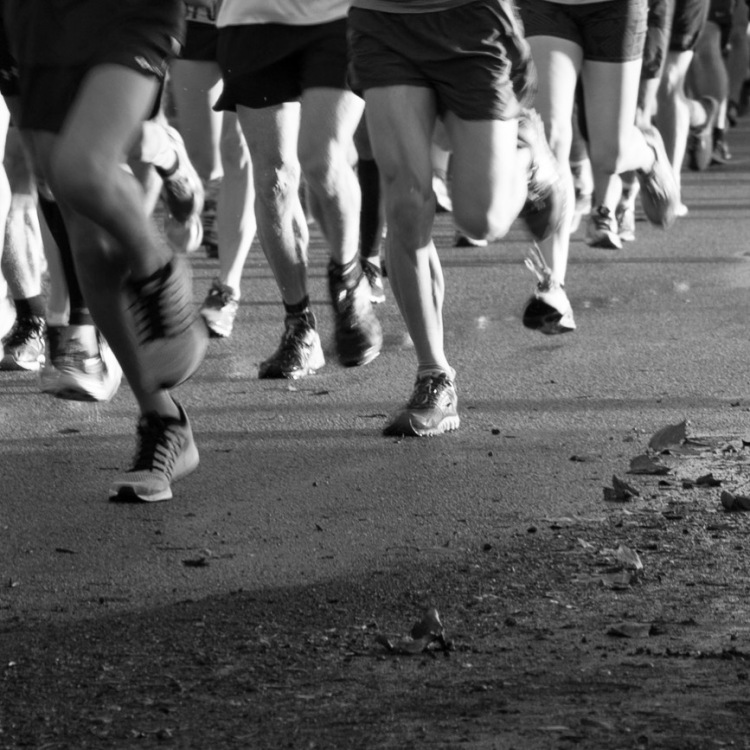With so many triathlon (or run, or cycling) events out there it can be overwhelming deciding which ones you want to participate in. Factor that in with how far in advance you need to sign up for these events, it can be a bit stressful. It also makes it easier to shrug off setting your goals because, after all, the races are so far in the future! But that is exactly why you need to take the time and set them early. Before you even begin your training cycle you will have determined your goals and come up with a plan of execution.
So, what makes a good goal? Here are some parameters I use when helping my athletes determine their goals.
- Goals must be realistic. This sounds like a no-brainer, but you’d be surprised at the number of athletes that set goals that are so far out of reach. By setting a goal you can’t hit you are a.) setting yourself up for failure, and b.) giving yourself a reason to lose motivation. If you are a 4+ hour marathoner, setting a goal of breaking 3 hours in the marathon is probably not the most realistic goal.
- Goals must be measurable. How will you know if you have reached your goals if you have no way of tracking your progress?
- Goals must be specific. The more specificity, the better because then you know exactly what you need to do, or how far you need to go to reach your goals. If your goals are vague, then you are more likely to lose sight of them, or forget about them all-together.

Now that the parameters are set, let’s discuss how this looks for the upcoming race season. The first step is looking at the races you have chosen for the season and prioritizing them. Not sure how? Follow these guidelines:
- Determine your A Priority races. These are the races you want to be in the best possible shape for, usually your biggest events of the season and usually only 1-3 events. Mark an “A” beside them.
- Determine your B Priority races. These are races that you kind of want to do well at (like local races where you know a lot of people!) but you won’t completely taper for. Mark a “B” beside them.
- Determine your C Priority races. These are events that you train right through and will go into them most likely fatigued from a big training block. These are races you might enter last minute to use as training events. Mark a “C” next to them.

Now that your races are prioritized according to importance, it is time to define your goals for your “A” races (and then move on to B races and training goals if you want to). Here are two examples of clear goals that you can use when sitting down to determine your own goals.
Example 1: I would like to drop two seconds off of my threshold pace in the pool. I would like to go from 1:32 per 100 to 1:30 per 100 yards by the end of my twelve week winter training cycle.
This example meets all of the requirements of good goal setting. Is it realistic? Yes. Given a 12-week time-frame shaving two seconds per 100 yards is a realistic goal. Is it measurable? Yes. You know how long you have to train to get to this goal as well the threshold pace you are aiming for. Is it specific? Yes. You know exactly where you are starting (1:32/100 yards) and where you need to go (1:30/100 yards).
Example 2: I would like to break my previous personal best of 6:05 at the half ironman distance by the end of the racing season. I would like to target 5:59.
You tell me; is this realistic, measurable and specific?

Now that you have defined your goals, it is time to create a plan to help you execute them! This is one area a coach can really help. They can take the stress off of you by formulating your training specifically to help you achieve your goals. No worrying about whether or not you have come up with the right training yourself to reach your goals.
Don’t have a coach? The biggest takeaway I can give is to make sure that you really think through each of your goals and spend time coming up with a strategy to get you to the end. And then, stick to your plan!
This biggest mistake athletes make is not coming up with a plan on how to meet their goals. If you don’t have a plan, it will be that much harder to achieve your goals, and that much easier to forget about them. It doesn’t matter how big, or how small, your season goals; the important takeaway is that you have goals! This can keep you motivated to train and brings another level of purpose to your training.
If you still aren’t sure on how to go about defining your goals, or coming up with a plan to reach them, send me an email and I’d be happy to discuss it with you further! sarah@boltonendurance.com
Happy Training!
3 thoughts on “A Step by Step Guide to Defining your Race Goals”